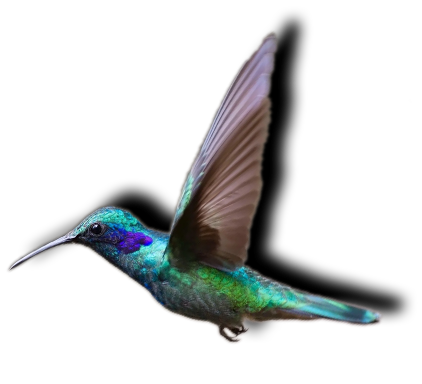

卢宝荣教授实验室发现了基因漂移的非随机性
发布时间:2017-09-07
转基因可通过基因漂移的方式渐渗到作物的野生近缘种中,因此导致的环境风险是全球广泛关注的生态安全问题。
对基因漂移的安全性评估通常从三个方面开展:
1.特定空间距离的转基因漂移频率;
2.转基因与野生近缘种的异交率;
3.转基因的表达及为野生近缘种群体带来的适合度效应。
对转基因水稻而言,转基因漂移到非转基因栽培稻、杂草稻和野生稻所造成的潜在环境影响是转基因水稻商业化种植前的重要研究内容。已有研究显示,栽培稻品种之间的基因漂移频率很低,可以通过空间隔离等方法使其降低到可忽略的水平。而在共同分布的环境中,栽培稻基因(包括转基因)向杂草稻和野生稻的漂移则不可避免。尽管抗虫转基因在栽培稻和野生近缘种杂交后代中可以正常表达,但由于在低虫压环境中,抗虫转基因不会明显改变野生近缘种的适合度,因此抗虫转基因漂移所造成的环境影响十分有限。然而,抗除草剂转基因渐渗到杂草稻或野生稻会改变群体的适合度,可能会引起不可预测的环境后果。
对转基因适合度效应进行检测并据此评估生物环境安全性,需要以下3个重要步骤:
1.建立转基因作物与其野生近缘物种的杂种、自交和回交后代的实验群体;
2.开展实验群体的同质园(common garden)种植实验;
3.检测生活史周期实验群体的适合度相关性状并对其适合度效应进行分析。
最近,中国国家生物安全委员会委员、复旦大学生态学科卢宝荣教授的团队,在研究抗除草剂基因对杂草稻或野生稻的适合度影响时,发现了基因转移的非随机性现象。这种非随机分布会导致通过外源基因为标记筛选的分离群体中存在着遗传背景的差异,这种差异最终会影响野生近缘种群体适合度分析结果的准确性。
该研究对学界通用的转基因适合度效应检测方法提出了质疑。
相关论文发表于:
Scientific Reports, 7: 10436, 05 September 2017
Non-random transmission of parental alleles into crop-wild and crop-weed hybrid lineages separated by a transgene and neutral identifiers in rice
Zhe Wang, Lei Wang, Zhi Wang & Bao-Rong Lu*
*: Ministry of Education Key Laboratory for biodiversity science and Ecological Engineering, Department of Ecology and Evolutionary Biology, Fudan University, China
Abstract
It is essential to assess environmental impact of transgene flow from genetically engineered crops to their wild or weedy relatives before commercialization. Measuring comparative trials of fitness in the transgene-flow-resulted hybrids plays the key role in the assessment, where the segregated isogenic hybrid lineages/subpopulations with or without a transgene of the same genomic background are involved. Here, we report substantial genomic differentiation between transgene-present and-absent lineages (F2-F3) divided by a glyphosate-resistance transgene from a crop-wild/weed hybrid population in rice. We further confirmed that such differentiation is attributed to increased frequencies of crop-parent alleles in transgenic hybrid lineages at multiple loci across the genome, as estimated by SSR (simple sequence repeat) markers. Such preferential transmission of parental alleles was also found in equally divided crop-wild/weed hybrid lineages with or without a particular neutral SSR identifier. We conclude that selecting either a transgene or neutral marker as an identifier to create hybrid lineages will result in different genomic background of the lineages due to non-random transmission of parental alleles. Non-random allele transmission may misrepresent the outcomes of fitness effects. We therefore propose seeking other means to evaluate fitness effects of transgenes for assessing environmental impact caused by crop-to-wild/weed gene flow.

Phenotypic variation of seedlings in F3 transgene-present (orange arrow) and transgene-absent (yellow arrow) hybrid lineages derived from an artificial cross between an epsps (5-enolpyruvoylshikimate-3-phosphate synthase) transgenic rice line and wild rice (Oryza rufipogon).




